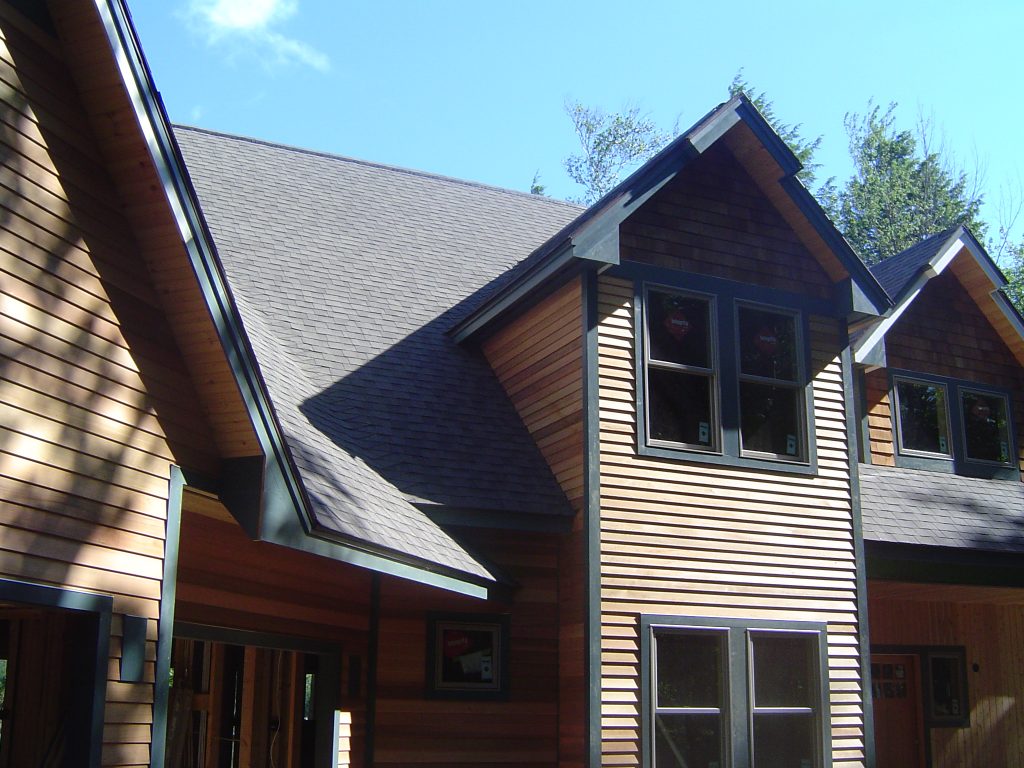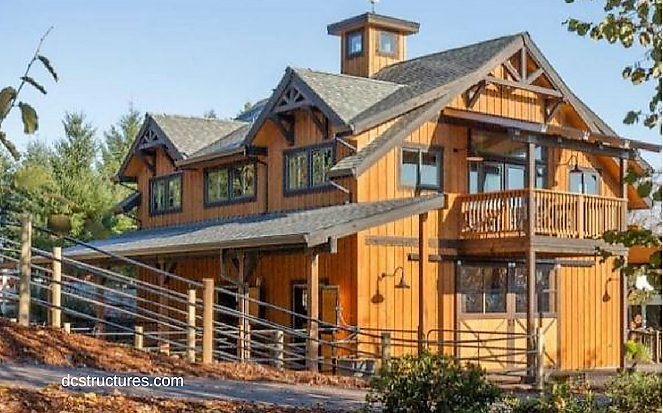Table Of Content

A home equity line of credit (HELOC) is another good option for financing the cost of building a house, provided you have a significant amount of equity. Like a home equity loan, you’ll borrow against the equity in your current house to procure financing to help build a new one. The difference is that a HELOC acts more like a credit card than a lump-sum loan, and you’ll be able to borrow from the line of credit as needed, up to the amount that you’re approved for. Expect to pay for a long list of subcontractors and specialized experts to help complete your home project, including roofers, electricians, plumbers, flooring specialists and more.
Home building costs, broken down
On average per house, home builders charge $92,720 for sales commissions, marketing, and profit. That's between 14- to 15-percent of the entire cost of building the home. When determining how much it costs to build a home, it's helpful to break down the total price into per-room costs. That way, it's possible to increase or decrease the size of rooms to move the dial on the house's overall total cost. You may have to be creative to keep costs down depending on your vision. Choosing prefabricated home kits over custom elements and building on a finished lot can significantly cut costs.
What Is A Tiny House? 12 Surprising Facts - Zing! Blog by Quicken Loans
What Is A Tiny House? 12 Surprising Facts.
Posted: Sat, 09 Mar 2024 08:00:00 GMT [source]
Final Details
How Much Does a Garage Conversion Cost? (2024) - Bob Vila
How Much Does a Garage Conversion Cost? ( .
Posted: Tue, 16 Apr 2024 07:00:00 GMT [source]
The final price tag will vary significantly based on each new home’s plans and the amount of work involved. Labor often makes up about 30 to 50 percent of a home’s total construction cost, per HomeAdvisor. You’ll need to secure the appropriate permits and pay fees to your city or municipality before the work on your home can begin. You’ll also need to hire architects and engineers to make plans for your home. These costs all vary by location but you can expect to spend about $4,220 on permits and about $1,000 to $2,000 on plans and specifications. When thinking about both phases together, Hartman proposes the following numbers as averages to consider.
Exterior Finishes

A vital point when learning how much it costs to build a house is that some categories cost more or less than others. These permits tend to cost between $1,200 and $2,000, but the actual amount varies depending on the regulations in the local area. If you are buying raw, undeveloped land in a rural setting, you might have to add a septic tank for your wastewater needs. You will also need to run utility lines back to your property, and possibly factor in the cost of grading the land and laying a driveway.
Book a Final Inspection
The state you build in has a huge impact on the cost of a new home, as does the specific region within that state. Metropolitan areas tend to have higher local labor costs, while more rural areas often come with the cost of installing a private septic system or a long driveway. Average costs to build a home in each state are listed in the table below, but treat these as simply a starting point.
Similarly, flooring costs range significantly depending on materials but typically run at least $5,000. You’ll have to complete the exterior of your home with a roof, siding, windows and doors once the frame of your house is in place. The cost for each of these items may vary based on the materials you choose. However, roofing averages about $13,760, while windows and sliding doors may be about $3,000, and expect to tack on another $4,760 for standard doors throughout the home. A stucco exterior averages about $16,000; siding costs can vary widely depending on square footage and material type. If you’re looking for a house but haven’t found the perfect one, you might be wondering what it would take to build a brand-new home of your own.
Cost of Land and Construction
The total cost of the roof for a home depends mostly on the type of roofing material you choose. The typical roof is made of asphalt shingles and costs an average of $8,500, or $1.50 to $5.50 per square foot, including installation. It can be as simple as a concrete slab, but if you opt to build out a basement it will come with increased costs. The cost of your new home’s foundation will vary depending on its size, as foundation costs $4 per square foot on average. With a lot secured, you’ll need to buy or create plans for your house.
Cost of Land

For example, if you’ve already secured a certain amount of financing for the construction of your home but need additional financing for landscaping, a personal loan could do the trick. Just keep an eye on your finances and make sure you’re not overcommitting. Most suburban homes have a driveway and walkway to the front door, and they may also include a deck or patio and some form of landscaping. Installation of front- and backyard landscaping averages an additional $3,451, according to HomeAdvisor. All other factors equal, the size of the house has a direct bearing on the cost of the house.
To strike the best balance between pricing and quality of workmanship, research several local finishing carpenters to compare quotes and reviews. Expect to pay between $7,000 and $13,000 for the cost to hire an electrician to install wiring, outlets, switches and electrical panels throughout a newly built home. Let’s break down those costs and how to budget for a home build so you can decide the best route for you. Once built, you or your contractor will schedule a final inspection to obtain a certificate of occupancy.
New home construction costs $100 to $155 per square foot on average with most homeowners paying $155,000 to $416,250, in addition to the cost of your land. Costs vary considerably based on location and all your choices in design and interior and exterior finishes. Of that costly interior finishes category, cabinets and countertops cost close to $18,000 or about 4.5-percent of the total building cost. Higher-end quartz countertops alone range from $2,120 to $5,960 per installation. To save costs, laminate countertops cost from $14 to $38 per square foot or about $560 to $1,520 per installation.
Prices vary widely depending on the region of the country where you’re building and the specific details of your home plans. Homeowners can save money on the cost of building a house by doing some of the work by themselves. Commonly called sweat equity, homeowner-driven labor can substantially reduce costs by also reducing contractor fees or mark-ups.
The basic price most homeowners will pay to build a 1,500-square-foot home is $128,500 while an entry-level custom home of the same size will average around $300,000, and a high-end custom home around $675,000. You can either wait until the entire home is complete before getting the landscaping done or start as soon as the foundation and framing of the house are finished. The other major factor at play regarding when this will take place is related to what you are having planted on your property with respect to trees, plants, and shrubs and what time of year they are best planted in.
How much you spend on the cost of interior house painting depends not just on the size of your home, but on whether you have the patience to do it yourself. You can keep costs as low as $300 if you paint everything yourself, while professional costs can escalate to $28,000 for particularly large homes with lots of painted trim and molding. A pole barn house completely finished out costs $30 to $45 per square foot which makes it the cheapest house to build with quality in mind. According to Craftsman’s National Estimator, the cost to frame a house ranges from $13 per square foot for lumber and labor costs for a single-story home to $22 per square foot for a two-story home. Add an average of $8,700 for HVAC, $3,400 for cabinets, and $2,400 for appliances.
“As soon as you move in, it automatically turns into a standard mortgage, which is pretty competitive,” Hartman adds. Like with states, a new home builder may also want to consider the region in which they’re planning to put down roots. According to Money it can be more cost-effective to build a home in the West and South Atlantic, where prices in the existing housing market are high.


No comments:
Post a Comment